In the fall dance show entitled Bodies in the Balance, the Macalester Theatre & Dance Department invites the audience to celebrate the joy that dance can bring, while also exploring dance’s unique power in portrayal. Students use these performances to engage with their identities while empathizing with the experiences of others. The concert itself is a confirmation of just how powerful dance can be; in its richness of emotion, dance can quickly move people to feel intensely what the dancers wish to convey: complex truths that leave a lasting mark.
While many performances are full of intensity, others are delicate, even playful at times. “Keyboard Concerto No. 7 in G Minor,” the first performance, featured this tone by experimenting with the very concept of “audience.” Clad in bright red dresses, the “performers” stand out from the “audience” in black, who watch the others twirl across the stage. Watching these dancers, it’s easy to fall into a light-hearted state of mind. Yet having the audience-performer relationship satirized in dance, this piece also ushers the real audience into a state of increased self-awareness.
From this starting frame, the concert progresses into a deeper exploration of society, perception and the individual. Using a modern, experimental style, “Fire Underwater” explores the tensions that arise between oneself and society. The performance looks at the aspects of society that extinguish one’s spirit. The performers tell their stories independently, then alongside one another, in poignant recordings that represent the ways in which society has smothered them. The entire performance culminates in a chilling testimony to anxiety and depression. Once in-sync, the dancers become estranged from one another. In this way, “Fire Underwater” shows the sparks of each individual’s story, while also shining light on how those stories become lost. In the final moments of the performance, the dancers tied strings to a basket and lifted it together, allowing themselves to finally — after panicked chaos — stand still.
In “How Naive to Think It’s That Easy,” Yuri Masamoto Smith ’18 (performer) and Sophia Hill ’18 (choreographer) look at how Asian communities have responded to police shootings and violence against black bodies. The performance begins with a single figure breathing in time with the music, her body lifting and falling. After setting a solemn tone, Smith then rises to give a stunning performance. Her movements are at first patient and telling, then characterized by short bursts of movement. These are reactions to news stories; to the shootings of Tamir Rice and Philando Castille, to Black Lives Matter rallies, to how police brutality is portrayed in American schools. These are punctuated moments of anxiety and sorrow, the natural reactions to seeing violence in this country, followed by a push to take action. In this way, dance in this performance becomes an exploration of a cross-section in time: the immediate horror of witnessing brutality against black and brown bodies. Literally suspended in positions that require strength of body and will, Smith’s dance represents endurance through the aftermath. What can the Asian communities, black communities, white communities and all the others do next? What can we do next?
Niara Williams’ ’18 performance “For Diamond Reynolds” continues to explore these questions, and to remind us not to forget about all those who have suffered from police shootings. Williams mixed the music herself, combining “Sound of Da Police” by KRS-One with recordings from the killing of Philando Castile. The voice of Diamond Reynolds, Castile’s girlfriend, provides a chilling background to Williams’ performance, which represents the pain hidden beneath Reynold’s words. To show the warring emotions that accompany trauma, Williams’ movements oscillate between frantic and calculated. Through dance, Williams empathizes with Reynolds’ pain and shows the powerful resolve of women who continue to endure loss and fight against injustice.
Several other performances drew upon these themes. Some, such as “Arcane Vantage,” served more explicitly as explorations of the dancer’s identities, how their personalities interact with one another, and how stereotypes have impacted them. Choreographed by Peace Madimutsa ’17, the piece highlighted the unique styles of different dancers, allowing each to express the qualities that make them distinct from the rest. Yet it also showed how individuals are pressured to behave like one another, and to exist within the confines of a stereotype or a confined place of comfort. Madimutsa uses props to express the duality between stereotypes and individuality, having wire-framed boxes for the dancers to exist within and without. The boxes’ thin coverings provided partial invisibility, creating an element of safety for those inside. However, that safety can shift into a trap. Some dancers push against their confines, eventually tipping over the boxes to subvert the stereotypes preventing them from being fully seen.
The theme of resisting stereotypes of confines echoes throughout the concert, with “Caged Freequency” and “Stimula” questioning how freedom is gained, reserved and defined. Arnold Sanginga ’19 choreographs “Caged Freequency” to look at existing oppressive structures in Congo and South Africa. The piece begins with an exuberant tone, featuring the song “Freedom is coming tomorrow!” from South African musical Sarafina!. Quickly, the celebration turns sour as the dance begin to show the oppression beneath. The rest of the performance boldly transitions between moments of joy and terror, defiance and restriction. Allegra Wyatt ’18 dances at the center of all this, representing the spirit of freedom itself, and the people who fight to achieve their freedom. The piece ends with Wyatt held back by the others, who wrap scarves around her limbs to prevent her from stepping forward.
The final performance looks closer at freedom in South Africa, and the history of oppression through apartheid. The dancers wear the wellington boots of South African gold miners, performing their version of a gumboot dance. This dance style is in itself a form of resistance, as it allowed the workers to come together in solidarity, to communicate with one another, and to endure the harsh conditions of mining. This is dance’s power in its rawest form, and in its most powerful. Several dancers perform the role of the guards, who fight against gumboot dancing and punish the workers for continuing to dance. After a tense back-and-forth between the oppressed and the oppressors, the piece concludes in theatrical violence. The guards massacre the miners, and the dance ends. But violence and defeat is not the final message. The performance does not truly end until one of the miners, played by Peace Metamusta, rises up to confront the killers. In this last moment of defiance, he brings the focus back to the miners themselves and to the strength they retain in the face of tyranny.
As a whole, the concert exhibits the wide range of talents of Macalester student dancers, while also providing a space for them to explore the complex nature of justice, freedom and identity. Other dance pieces in the concert, such as “To Earth Returned,” stand out from the concert’s prevailing intense themes to celebrate things of beauty. This piece, choreographed by Catriona Leckie ’18, shows the strained yet heart-warming relationship between two female dancers. “A Gust of Breath” also focuses on moments of quiet beauty, and “Hustler’s Heart” finds that caring relationships can arise from tension. Finally, “Like a Stone” explores how individuality is born from engaging with others in everyday movements.
Both complex and poignant, the concert showcases a wide range of pieces that represent the diversity of emotion that the dancers hope to share with their audience. Some buoyant with the happiness that dance can bring, others heavy with the harsh truths it can convey, these performances make up an intense concert that will be hard to forget.


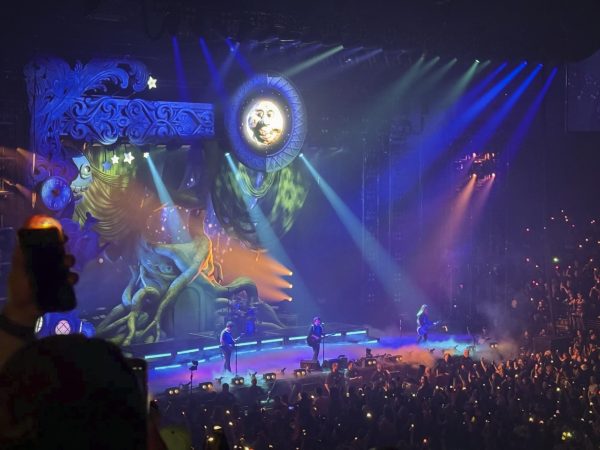
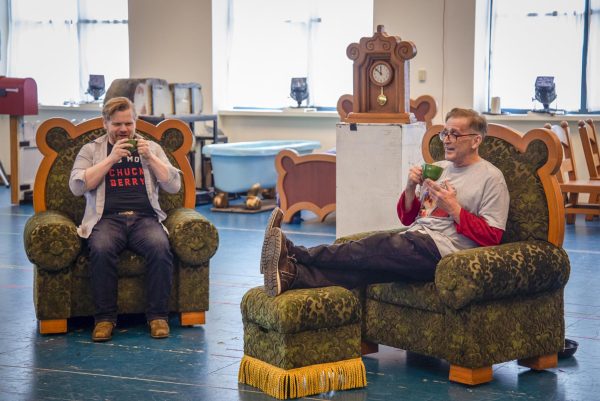
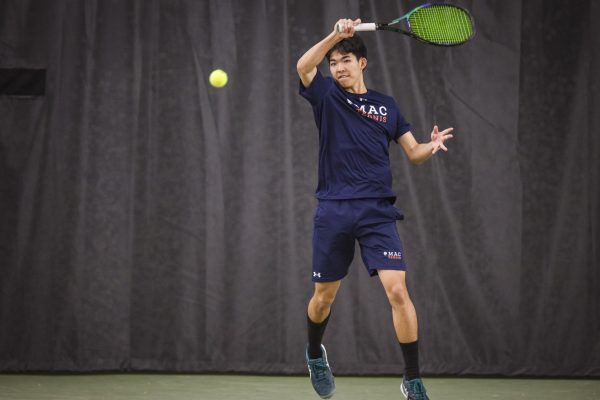







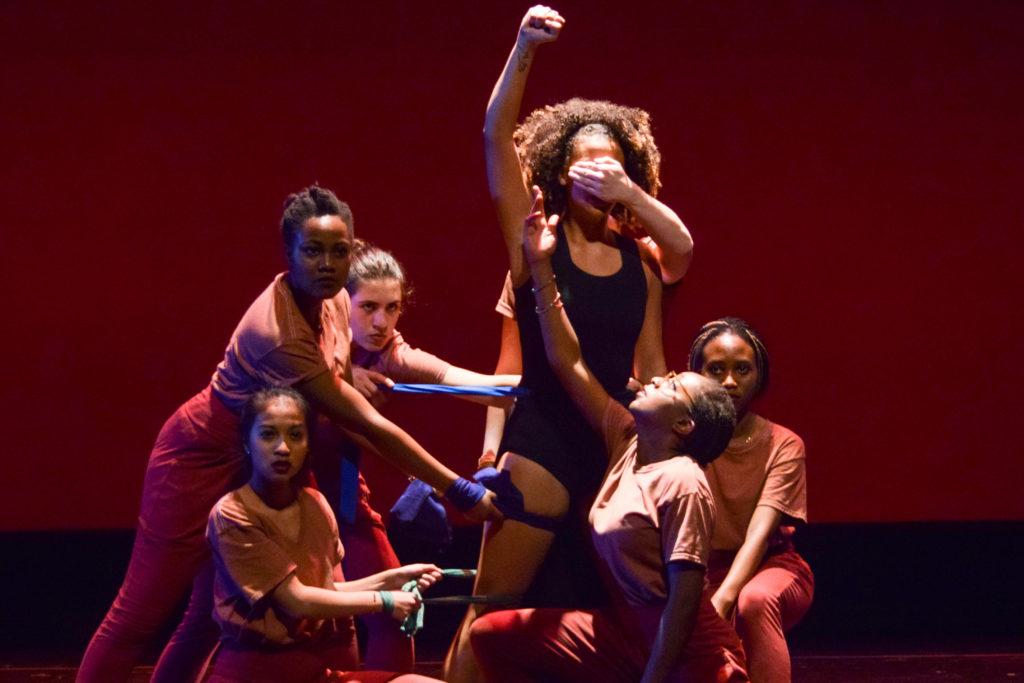
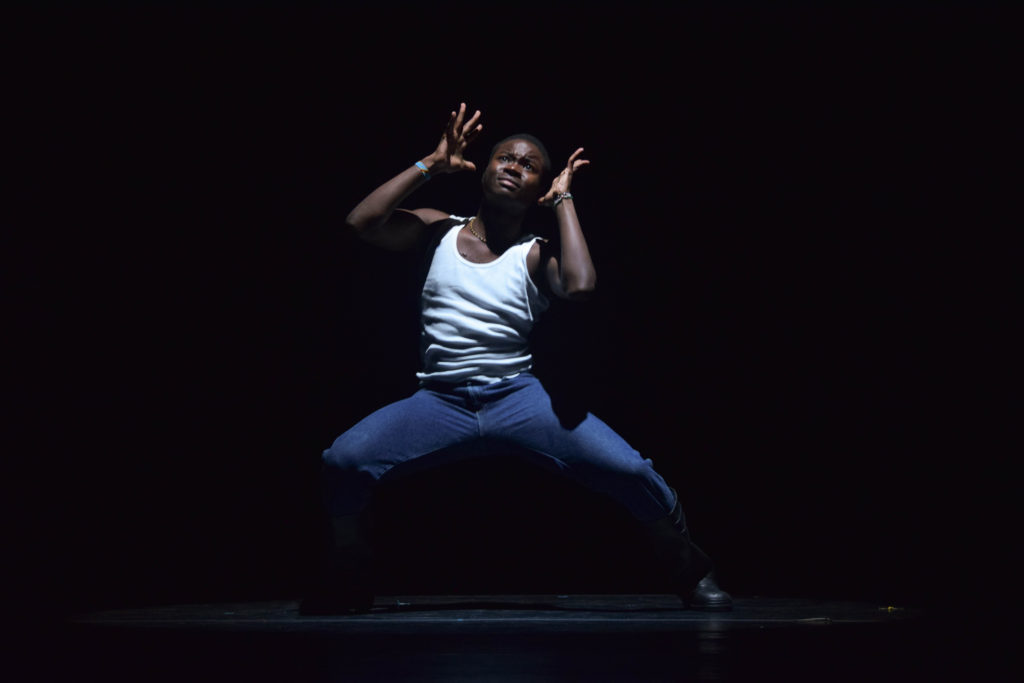
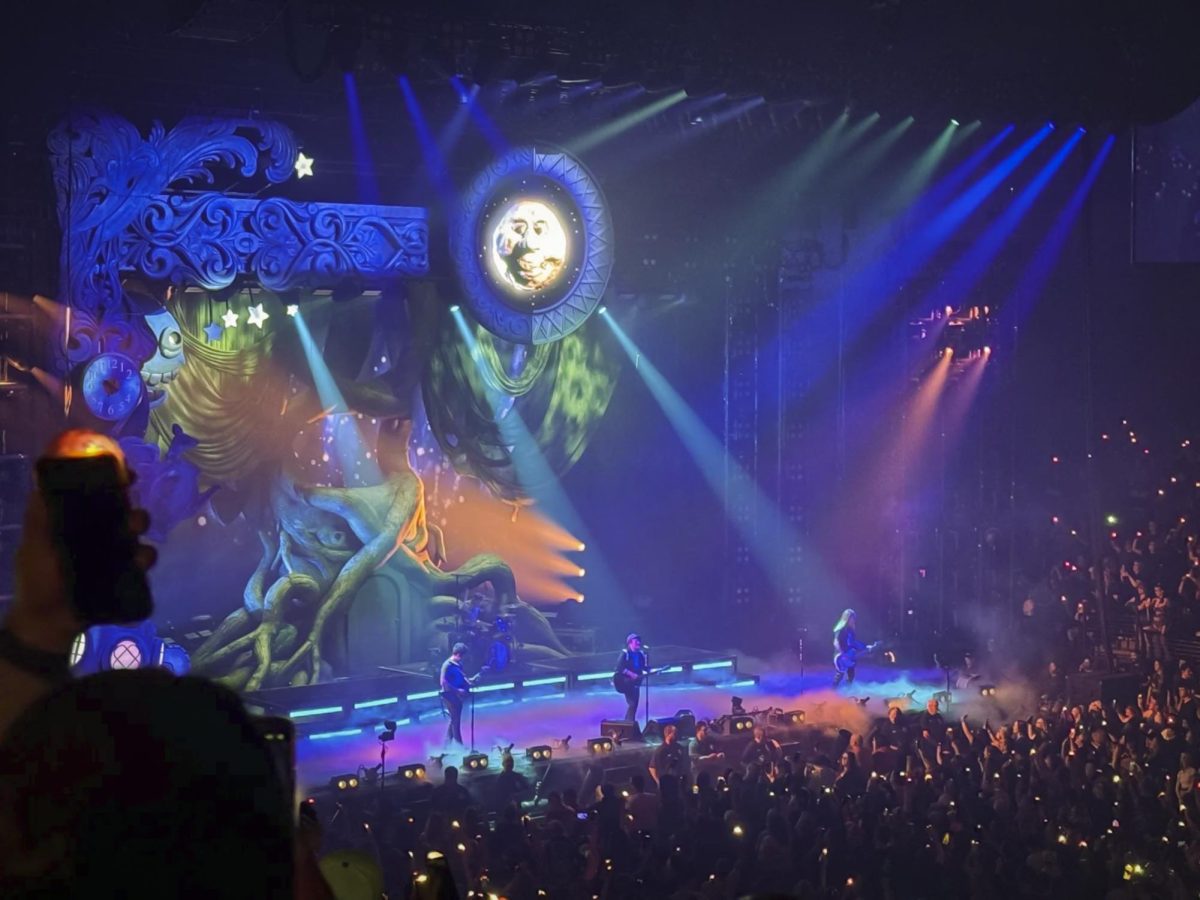
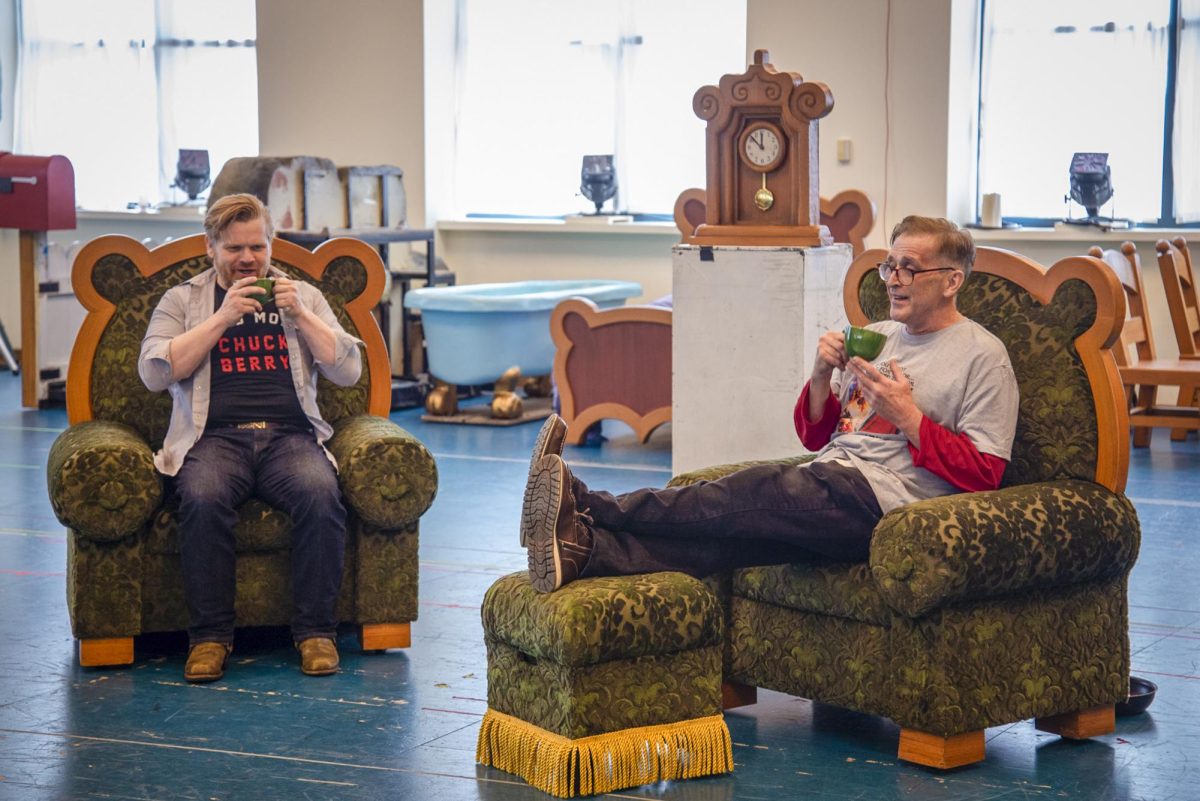
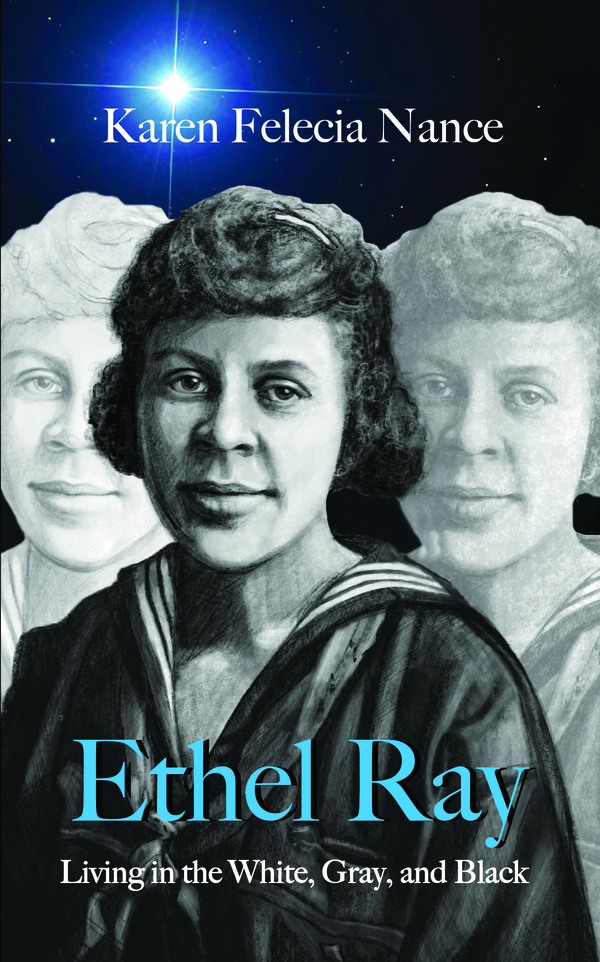
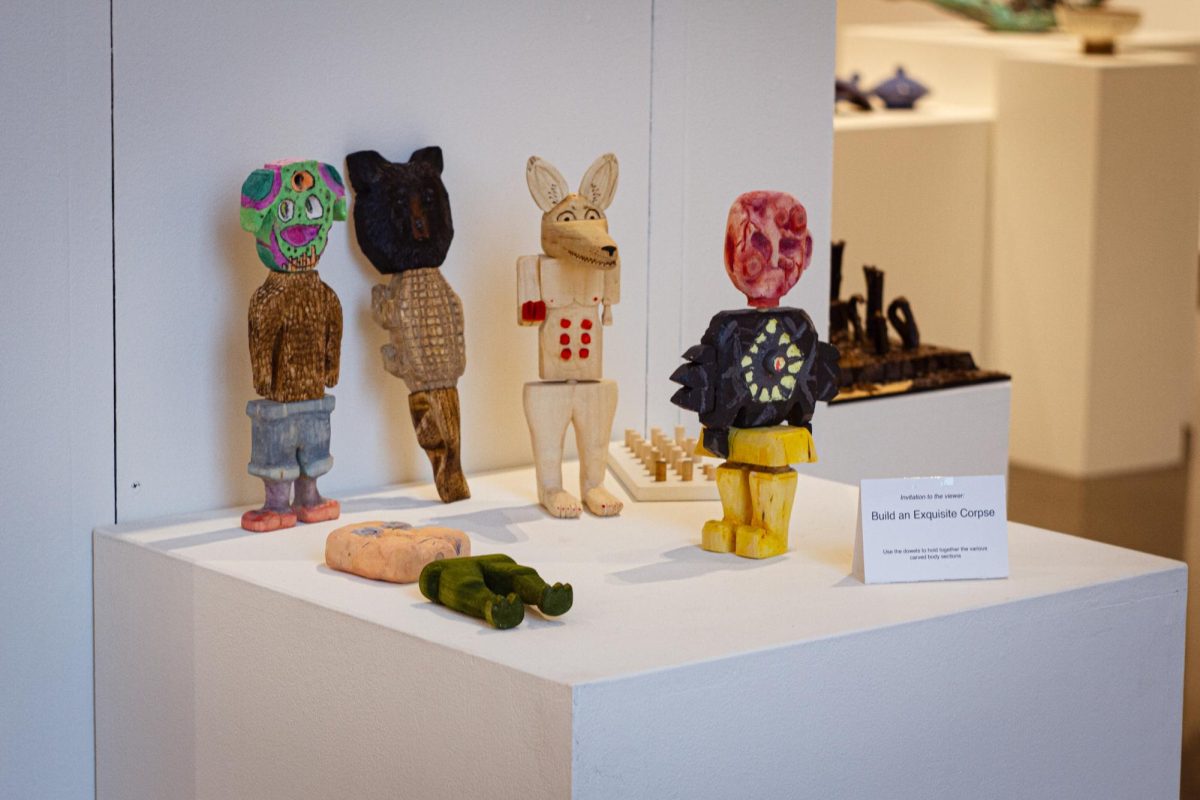
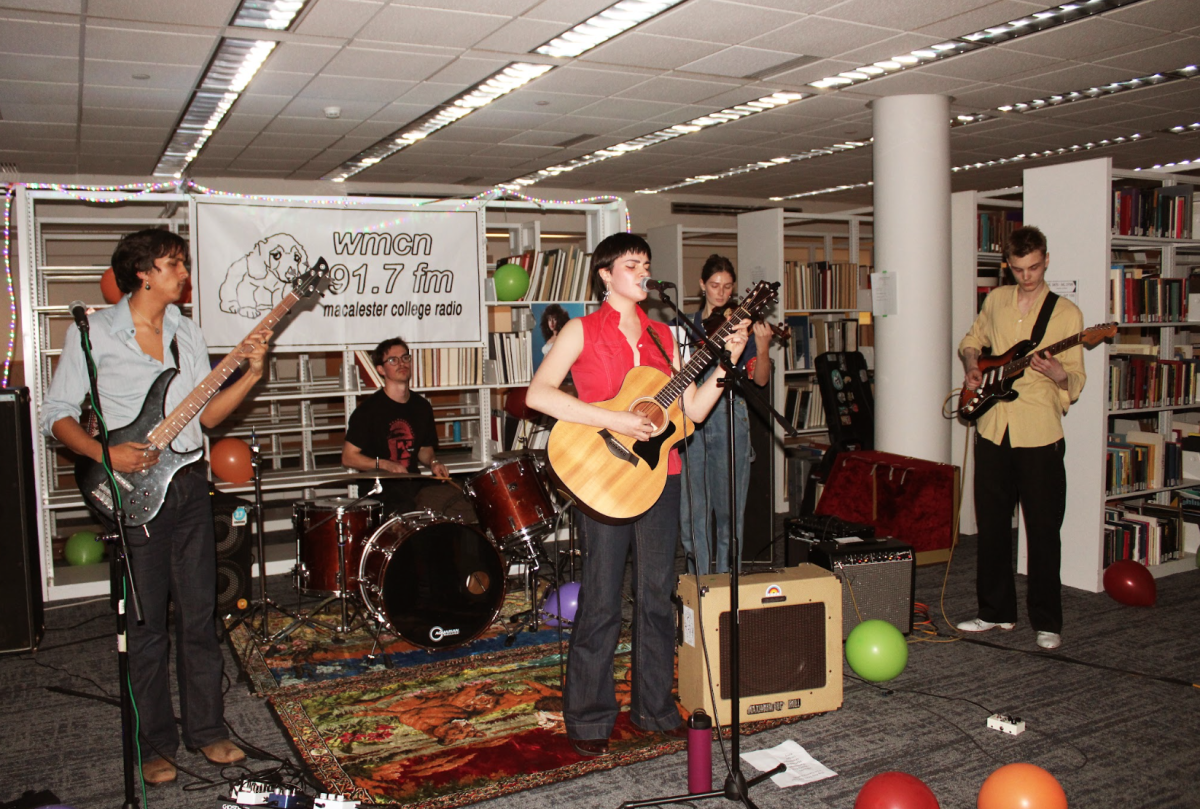
Emily Welch • Sep 12, 2019 at 1:44 am
Only a smiling visitant here to share the love (:, btw great style.
Sally Taylor • Sep 10, 2019 at 7:09 pm
Can I just say what a relief to search out somebody who actually knows what theyre talking about on the internet. You definitely know methods to convey an issue to mild and make it important. Extra individuals need to learn this and perceive this aspect of the story. I cant believe youre not more popular since you positively have the gift.
Eric Johnston • Sep 5, 2019 at 8:08 pm
glad to be one of several visitants on this awing internet site : D.